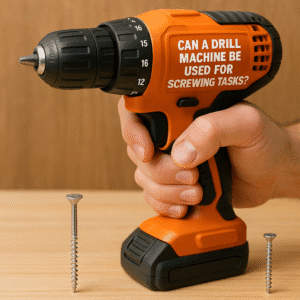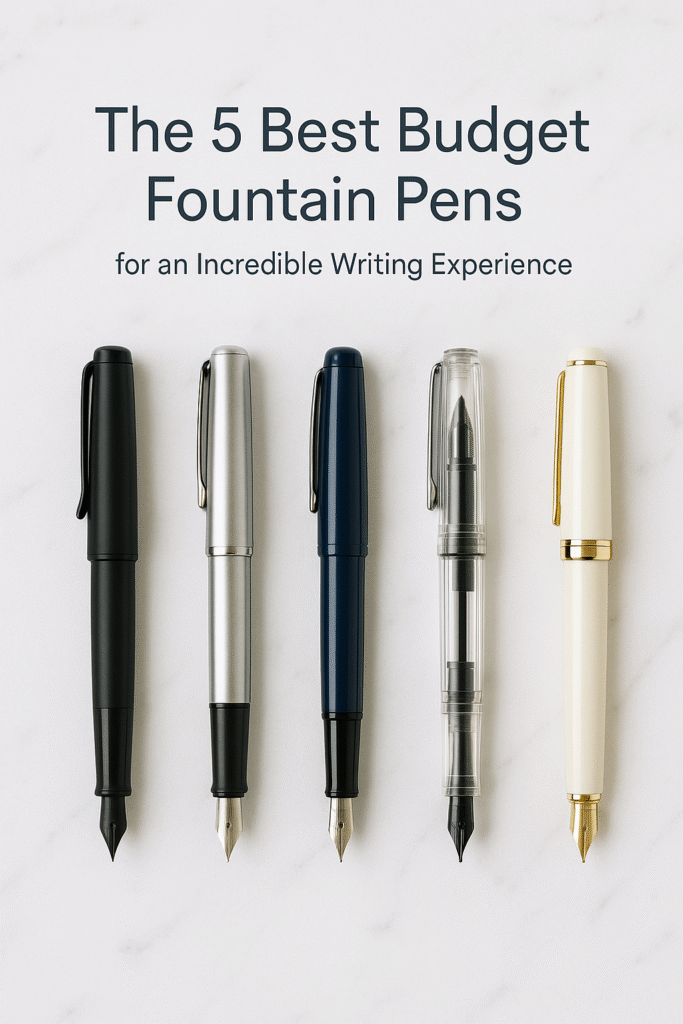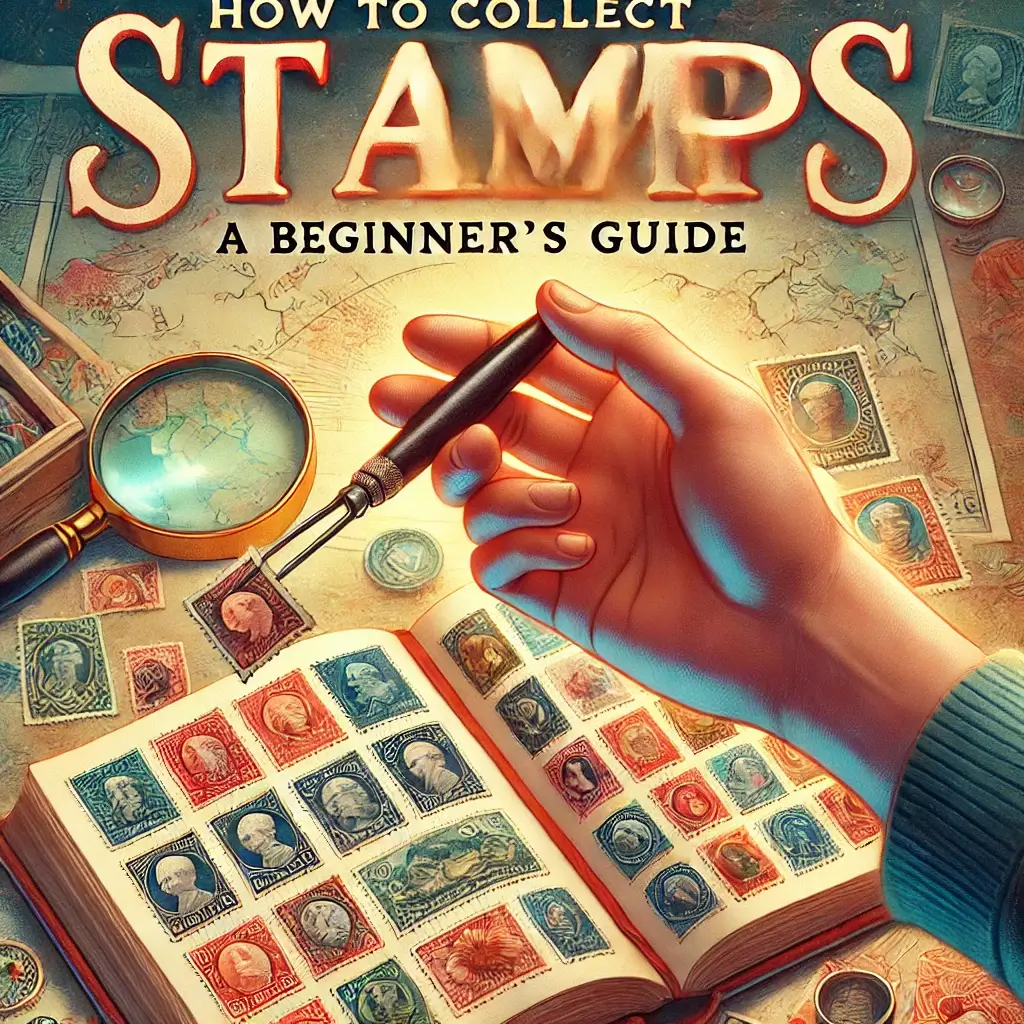Can a Drill Replace a Screwdriver? The Ultimate Guide for DIYers
We’ve all been there. You’re halfway through assembling a bookshelf, your wrist is screaming, your palm is raw, and you’re staring at a small mountain of remaining screws. You glance over at your power drill sitting on the shelf and a tempting thought crosses your mind: “Can’t I just use that?”
It’s the classic DIY dilemma: tradition vs. technology, finesse vs. force. As someone who has built countless pieces of furniture and tackled renovations of all sizes, I can tell you the answer isn’t a simple yes or no. In fact, I’ll never forget the first time I tried to assemble an IKEA nightstand with my powerful 18V drill. Confident in my new tool, I zipped a screw into the particleboard… and right out the other side, creating a nasty bulge in the finish. It was a painful, but valuable, lesson in torque control. This guide is born from that mistake, designed to help you harness the power of your drill without destroying your projects.
The Quick Answer: Yes, BUT…
A modern drill can absolutely replace a manual screwdriver for 80% of screwing jobs, making them faster and far less strenuous. However, using a drill requires understanding its settings (especially the clutch) to avoid damaging your screws, bits, or project materials. For the remaining 20% of jobs that require delicate control and precision, the manual screwdriver remains the undisputed king.
How to Turn Your Drill into a Precision Screwdriver
A drill’s primary job is to spin with high speed and power to create holes. To use it for screws, you need to tame that power. Luckily, every decent modern drill has features designed for exactly this purpose. Mastering them is the key to success.
Step 1: Get the Right Bit
This is non-negotiable. Using a bit that doesn’t perfectly match the screw head is the #1 cause of “cam-out”—that terrible grinding noise as the bit slips and strips the screw head. Make sure you have a quality set of driver bits, including various sizes of Phillips (PH2 is most common), Pozidriv (common in European furniture), and Torx (star-shaped).
Step 2: Master the Clutch (The Most Important Step!)
The numbered collar behind the chuck is the clutch. This is not a speed dial. These numbers represent a torque limit. A low number (e.g., ‘1’) provides very little torque and is for small screws in soft materials. A high number (e.g., ’20’) provides maximum torque for large screws in hard materials. The drill symbol (⚙️) disengages the clutch entirely for drilling holes.
Step 3: Embrace the Variable Speed Trigger
Don’t just pull the trigger all the way. A good drill has a variable speed trigger that responds to pressure. Start slow to seat the screw and ensure it’s going in straight. Once it’s started, you can gradually increase the speed. Think of it like the gas pedal in a car.
When to Use Which Tool: A Clear Guide
The core of the debate comes down to choosing the right tool for the job. Here’s a simple breakdown of when to reach for power and when to rely on precision.
⚡ Use a Drill For…
- Speed & Efficiency: Driving hundreds of screws for a deck or drywall.
- Power: Driving long, thick screws into dense wood or studs.
- Consistency: Setting many screws to the same depth using the clutch.
- Reducing Fatigue: Saving your wrist and arm on large projects.
👑 Use a Screwdriver For…
- Finesse & Control: Assembling delicate flat-pack furniture.
- Feedback: Feeling exactly how tight the screw is for a perfect fit.
- Tight Spaces: Getting into angles and corners where a bulky drill won’t fit.
- Safety: Working on electrical outlets, vintage hardware, or anything easily damaged.
For the big jobs in the “Drill” column, having a capable tool is essential. If you’re building a deck, you’ll love the freedom of the market’s best cordless drills. If you’re setting up a workshop and will be driving screws all day long near an outlet, one of the best corded drill models will give you unstoppable power without ever worrying about a battery.
Recommended Tools for a Complete Toolkit
A true DIYer knows it’s not about having one tool, but the right collection of tools. Here are my top picks for building a versatile screwing arsenal.

All-Arounder Drill: DEWALT 20V MAX Cordless Drill Kit
This is the workhorse of the DIY world for a reason. It has plenty of power, but more importantly, it has a sensitive trigger and a reliable 15-setting clutch that gives you excellent control for driving screws. The kit with two batteries ensures you’ll never run out of juice mid-project. It’s the perfect first drill for any homeowner.
Check Price on Amazon
The Essential Screwdriver Set: CRAFTSMAN 25-Piece Set
Never underestimate the value of a high-quality screwdriver set. This CRAFTSMAN kit provides a huge range of sizes and types (Phillips, flathead, Torx). The alloy-steel blades are durable, and the handles are comfortable. This is the set you’ll reach for when control and precision are more important than speed.
Check Price on AmazonExpanding Your Tool Knowledge
The drill/driver we’ve been discussing is the most common type, but it’s just the beginning. The world of drills is vast, and understanding the different options can help you tackle even more projects. To get a full overview, it’s worth learning about all the what are the types of drill machines, from powerful hammer drills to precise drill presses.
Beyond just making holes and driving screws, these tools are incredibly versatile. Grasping the full potential of your power tool can open up a new world of creativity. We’ve put together a comprehensive guide on the many what are the uses of a drill machine, from sanding and grinding to mixing paint.
Conclusion: A Perfect Partnership
So, can a drill replace a screwdriver? The answer is no. A drill can supplement a screwdriver, and for many jobs, it can do the heavy lifting far more effectively. But it cannot replace the tactile feedback and delicate control of a simple, well-made manual screwdriver.
The modern, well-equipped DIYer doesn’t choose one over the other. They own both and understand that they are partners, not rivals. Use your drill to build the deck, and use your screwdriver to assemble the patio furniture that sits on it. By mastering both, you’ll be ready for any project that comes your way.
Frequently Asked Questions (FAQ)
What’s the difference between a drill and an impact driver for screws?
A drill applies consistent rotational force. An impact driver adds concussive bursts of force (impacts) while turning. This makes impact drivers far better at driving long, large screws into tough material with less effort and almost zero chance of stripping the screw head. However, they are very powerful and can easily break small screws, making them less ideal for delicate work.
Do I really need to drill a pilot hole?
For large screws or when working with hardwood that is prone to splitting, yes, you absolutely should. A pilot hole is a hole slightly smaller than the screw’s threads. It clears a path, making the screw much easier to drive and preventing the wood from splitting under pressure.
Can I use regular drill bits as screwdriver bits?
No. Drill bits are designed for cutting holes. Screwdriver bits (or driver bits) are designed to fit perfectly into the recess of a screw head. They are not interchangeable.


